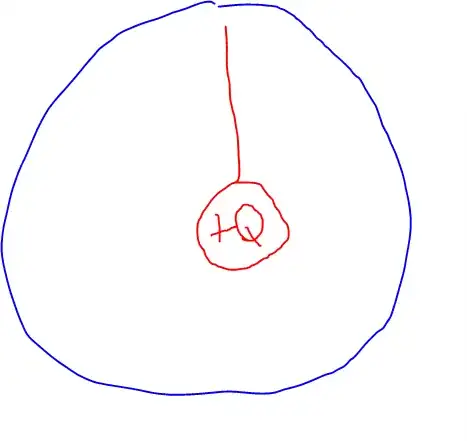Consider suspending a charge inside a conductive sphere:

The answers to this question state that there will be a charge of +Q induced on the outside of the sphere (and a charge of -Q on the inside).
I don't see why. Their argument goes as the following: due to Gauss' law, the total flux must be proportional to the total charge inside. Thus if we induce +Q and -Q, then the total sum of charge is: $$+Q_{charge} -Q_{inner sphere} +Q_{outer sphere} = +Q$$
Thus it satisfies Gauss' law. However, I really don't see why it couldn't be: $$+Q_{charge} -0.5Q_{inner sphere} + 0.5Q_{outer sphere} = +Q$$
The total flux output would still be equal to the +Q charge inside.
Can someone explain to me why the charge on the outside of the blue sphere is equal to +Q and not anything else?